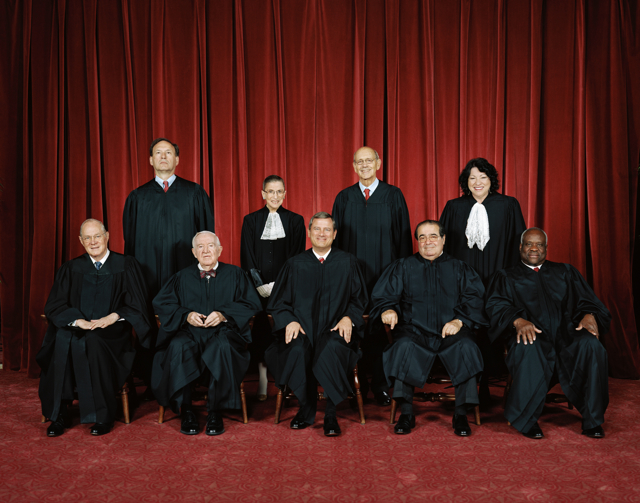


Robert Stevens was indicted for selling videos that depicted dog fighting. Federal law made it “a crime to create, sell or possess certain depictions of animal cruelty.” This law did not prohibit animal cruelty. Rather, it only prohibited “portrayals of certain acts harmful to animals.” Specifically, the statute criminalized any “visual or auditory depiction such as a picture, video, or a sound recording in which a living animal is intentionally maimed, mutilated, tortured, wounded or killed if that con- duct is illegal where the creation, sale, or possession takes place.” The law exempted depictions of “serious religious, political, scientific, educational, journalistic, historical, or artistic value.” Congress enacted this law, primarily, to prohibit so-called crush videos. These films depict the torture and killing of helpless animals.
Stevens was convicted and sentenced to more than three years in prison. He argued that his conviction violated the Free Speech Clause of the First Amendment. On appeal, the Court had to decide “whether that prohibition on depictions [of animal cruelty] is consistent with the First Amendment.” The vote in Stevens was 8-1. Chief Justice Roberts wrote the majority opinion. Justice Alito was the lone dissenter, as in Snyder v. Phelps (2011).